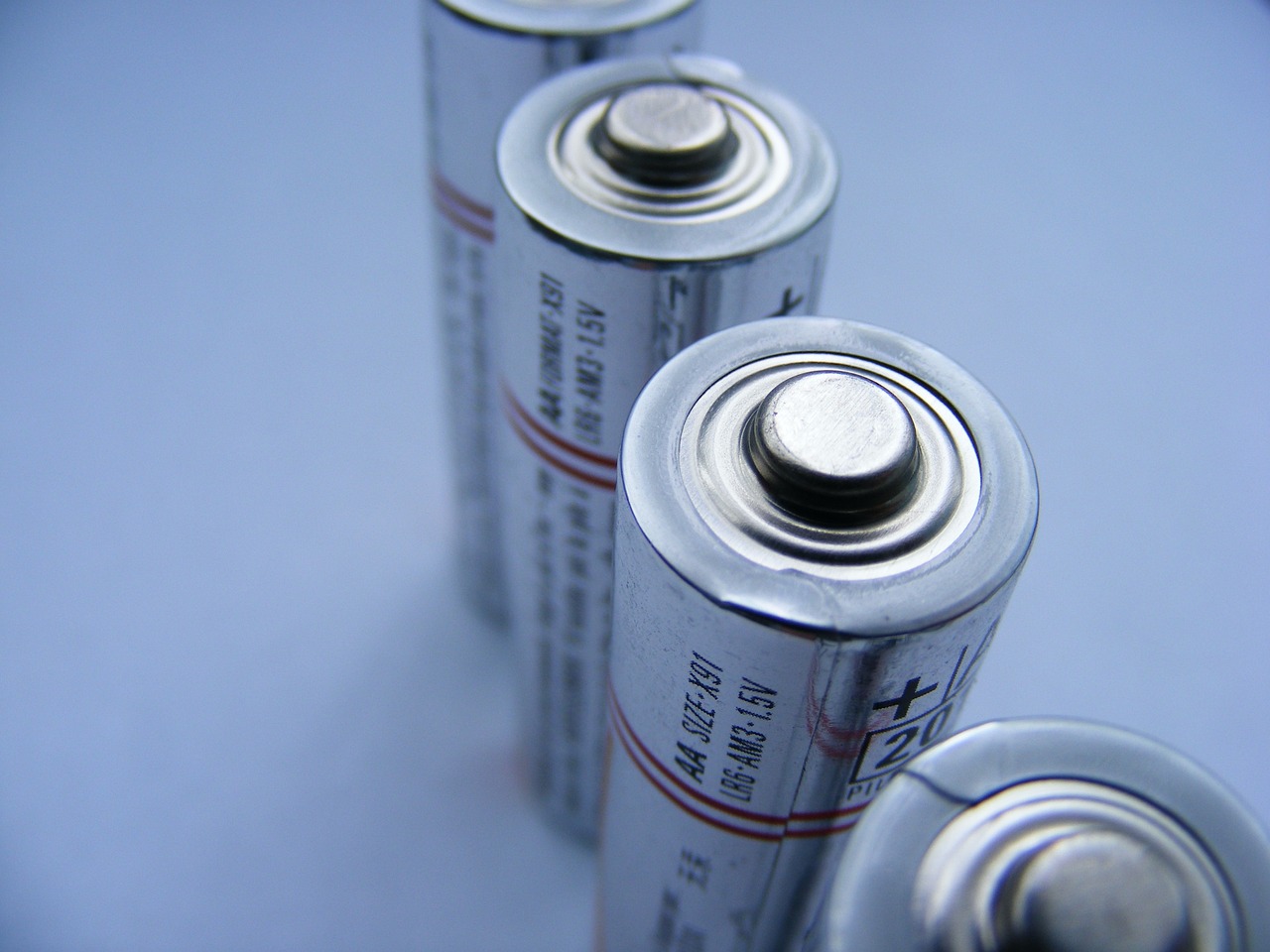This post is also available in:
 עברית (Hebrew)
עברית (Hebrew)
By now it is widely known that the ever-growing popular AI is also extremely energy consuming, both to operate and to cool down. As AI-based computers and devices become more commonplace, the issue is only expected to grow. Researchers from the University of Missouri are creating a solution that promises to dramatically reduce energy demands – a new type of cooling system.
Professor Chanwoo Park, who led the study, explains: “Cooling and chip manufacturing go hand-in-hand… Without proper cooling, components overheat and fail. Energy-efficient data centers will be key to the future of AI computing.”
This initiative is critical to keep data centers a viable option for our future. According to Techxplore, data centers used more than 4% of all electricity in the US in 2022, and 40% of that energy was spent to keep the equipment cool. The demand for these data centers is only going to increase.
The team is developing a two-phase cooling system that is designed to efficiently dissipate heat from server chips through a phase change, (like boiling a liquid into vapor in a thin, porous layer). The system would operate passively without consuming any energy when less cooling is needed and consumes only a negligible amount of energy even in active mode. It also has a mechanical pump that is activated to absorb more heat only when needed.
Park explains that the liquid goes in different directions and evaporates on a thin metal surface. Using the boiling surface they then are able to achieve very efficient heat transfer with low thermal resistance.
Two-phase cooling techniques were used in initial tests and proved to drastically reduce the amount of energy needed to keep equipment cool. The team is currently creating the cooling system that is designed to easily connect and disconnect within server racks, hoping they’ll be in use within the coming decade.
“We’re trying to get ahead of the curve and have something ready and available for the future of AI computing. This is a futuristic cooling system,” concluded Park.


























